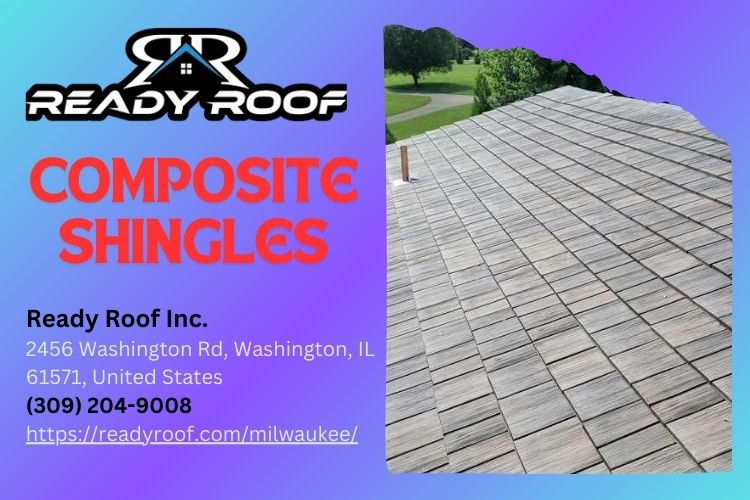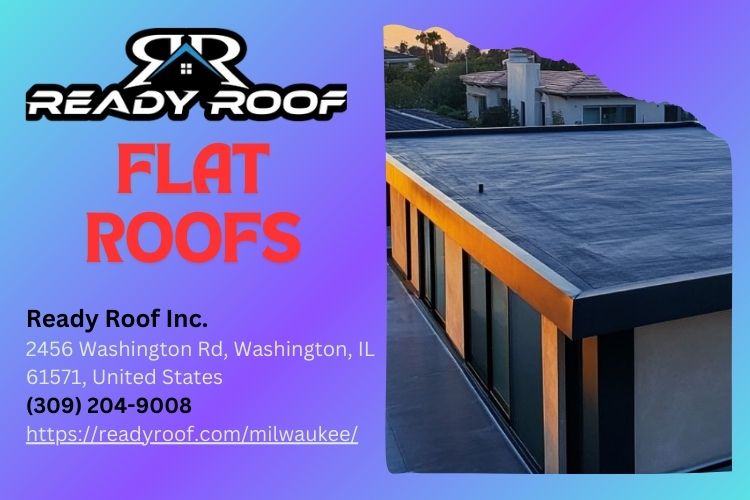Introduction
Siding replacement is one of the most significant home improvement projects you can undertake. Not only does it enhance your home's curb appeal, but it also increases its energy efficiency and resale value. In Washington, IL, where the climate can be quite variable—from hot summers to cold winters—the right siding choice becomes even more critical. This comprehensive guide will walk you through everything you need to know about siding replacement in Washington, IL, including materials, costs, and local experts like READY ROOF Inc..
Siding Replacement: What You Need to Know
What is Siding?
Siding refers to the exterior material attached to the walls of a house. It serves multiple purposes:
- Protection: It shields your home from weather elements like rain, snow, and wind. Insulation: Quality siding can help maintain a stable indoor temperature. Aesthetic Appeal: Siding plays a considerable role in your home's overall appearance.
Why Replace Your Siding?
There are several reasons homeowners consider siding replacement:
Damage: Cracks or rot can lead to further structural issues. Energy Efficiency: Newer siding materials offer better insulation properties. Aesthetic Upgrades: A fresh look can significantly enhance your home's curb appeal.Choosing the Right Material for Siding Replacement
Vinyl Siding
Vinyl siding is one of the most popular choices among homeowners due to its versatility and low maintenance requirements.
Benefits:
- Cost-effective Available in various colors and styles Resistant to pests
Drawbacks:
- Can fade over time Vulnerable to extreme weather conditions
Wood Siding
For those looking for a natural aesthetic, wood siding offers beauty and charm.
Benefits:
- Excellent insulation properties Can be painted or stained in various colors
Drawbacks:
- Requires regular maintenance Susceptible to rot and pests
Fiber Cement Siding
An increasingly popular choice for modern homes, fiber cement siding combines durability with aesthetic appeal.
Benefits:
- Fire-resistant Low maintenance Mimics the look of wood without the downsides
Drawbacks:
- Higher upfront cost Requires specialized installation
Understanding the Costs Involved in Siding Replacement
Factors Influencing Cost
The cost of siding replacement can vary widely based on several factors:
Material Choice: Different materials come with varying price points. Labor Costs: Hiring professionals will add to your overall expenses. Home Size: Larger homes require more materials and labor.Estimated Costs by Material Type
| Material Type | Average Cost per Square Foot | |--------------------|-------------------------------| | Vinyl | $2 - $7 | | Wood | $4 - $10 | | Fiber Cement | $5 - $12 |
Finding Local Siding Replacement Experts
When you're ready for a siding replacement project in Washington, IL, finding reliable local contractors is essential. One reputable company you should consider is READY ROOF Inc.
Contact Information
Contact Us
READY ROOF Inc.
Address: 2456 Washington Rd, Washington, IL 61571, United States
Phone: (309) 893 1918

Preparing for Your Siding Replacement Project
Assessing Your Current Siding Condition
Before diving into the replacement process, it's crucial to evaluate your current siding's condition thoroughly. Look for signs of wear such as:
- Cracks or holes Loose panels Mold or mildew growth
This assessment will help guide your decision on whether partial repairs or full replacement are necessary.
Setting a Budget
Establishing a clear budget before commencing any home improvement project can save you from unexpected Siding Replacement financial stress later on. Consider all costs involved—materials, labor, permits—and set aside an additional 10% for unforeseen expenses.
The Installation Process: What to Expect?
Steps Involved in Siding Installation
Removing Old Siding: The first step involves stripping away old siding carefully to avoid damaging underlying structures.
Inspecting Wall Sheathing: Check for any water damage or mold that may need addressing before new siding installation begins.

Installing Insulation: If necessary, this step involves adding insulation between wall studs for better energy efficiency.
Installing New Siding: Finally, install the chosen type of siding according to manufacturer specifications.
Timeline for Completion
Most residential siding projects are completed within one week; however, larger homes or complex installations might take longer.
FAQ Section
1. How often should I replace my siding?
Most types of siding last between 20–40 years depending on material quality and maintenance practices.
2. Can I install new siding over old siding?
While it's possible to install new siding over old materials (specifically vinyl), it's not recommended as it may trap moisture and cause damage.
3. What's the best time of year for a siding replacement?
Early spring or late summer tends to be ideal as weather conditions are usually mild—important for proper installation.
4. Is fiber cement worth the investment?
Yes! While it has a higher upfront cost compared to vinyl or wood options, its longevity and low maintenance needs make it an excellent long-term investment.
5. Will new siding increase my home’s value?
Absolutely! A fresh exterior can improve curb appeal significantly and often recoups its cost during resale.
6. How do I find reliable contractors near me?
Look online for reviews or ask neighbors for recommendations; companies like READY ROOF Inc., specializing in local services can also provide trusted solutions.
Conclusion
In conclusion, replacing your home's siding is an investment that pays off aesthetically and financially over time—especially when undertaken with care and consideration in Washington, IL's unique climate conditions. By understanding your options—ranging from vinyl and wood to fiber cement—you'll be equipped with knowledge that empowers you throughout this transformative journey! Remember that enlisting qualified professionals such as those at READY ROOF Inc., ensures quality workmanship while keeping local expertise close at hand!
Transforming your home doesn’t just mean changing its appearance; it also signifies improving energy efficiency and protecting against environmental elements—all achievable through thoughtful decisions surrounding your next major project!